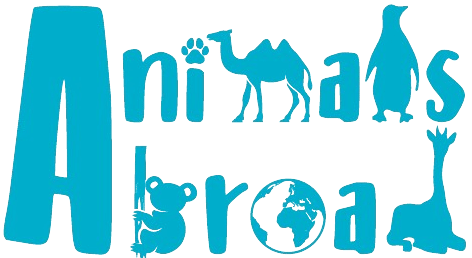We first discovered the Okonjima Nature Reserve when searching for places to see the pangolin, Mason’s favourite animal. Although Okonjima has walking tours specifically geared towards searching for pangolins, participants must be sixteen years old. Despite this, the family-run conservation area piqued our interest as it is home to some of the more elusive species in Namibia, such as the leopard, brown hyenas, and white rhinos.
Okonjima is a full-service resort and guests must be accompanied by guides. There is no self-driving allowed. The Nature Reserve has several different activities including day and night game drives, animal-specific tracking tours (pangolin, rhino, and leopard), and an education centre.
Keep reading to learn more about our stay in Okonjima Reserve.
Look for a general picture
Day 1:
We didn’t have to wait long before our first animal sighting. If there was ever a reason to always keep your eyes out for wildlife, this was it. We had not yet entered the designated conservation area when Jackson’s yelled “Rhinos!” After several false alarms in the past few days, Derek and I figured he had seen some large rocks, but we backed up to double-check. And there, hidden within some tall grass were four white square-lipped rhinos (according to Mason) on the side of the road.

The peaceful moment of observing these serene creatures didn’t last long. They seemed to sense our presence and two of the rhinos walked out of the bush onto the road, allowing us to see their enormity in full. Minutes later, a third rhino followed, leaving the safety of the brush. The small herd moved into the centre of the road, creating what looked like a defensive display. We soon realized why. A few feet off the road, in the deeper grass, was a baby rhino.

Derek was thrilled by the experience, whereas I was becoming more uneasy by the second. The threesome walked toward us, pushing us back from the baby. They continued to move closer as we reversed until finally, after a few tense moments, they walked to the opposite side of the road. It wasn’t until I saw them lay down that I felt the danger was over. It just goes to show that you can never forget that you are a guest in their habitat and not the other way around.
Campground Photo
Known for its luxury accommodation, with cabins overlooking the nature reserve and private guides and chefs available to hire, the Okonjima’s campsites did not disappoint. When on this campsite, you feel like you are alone in the middle of nowhere surrounded by nature’s beauty with only the rustling of the wind and little critters to keep you company. My favourite part was the peaceful open-air showers with plenty of hot water.
The accommodations are fenced off from the main reserve area. Small animals such as cape hares and antelopes do roam freely in the camping area, and there is no guarantee that large animals and predators won’t wander into your campsite.
Add pictures from camera phone
Once settled, Daniel, the campground manager, arrived to discuss our itinerary for the next three days, and after a quick chat we joined the Leopard Tracking Tour that was about to start. Some of the leopards in the park have radio collars to research their activity and promote conservation activities. Our tour guide, Felix, used the collar to track the leopard to an area of the park where we could begin our search.
We had to travel through rough terrain in the open safari vehicle. The boys huddled close to me as spiky branches attempted to slash us as we sped by. On our way, we saw a leopard turtle, waterbuck, and a family of giraffes with a two-week-old baby.

